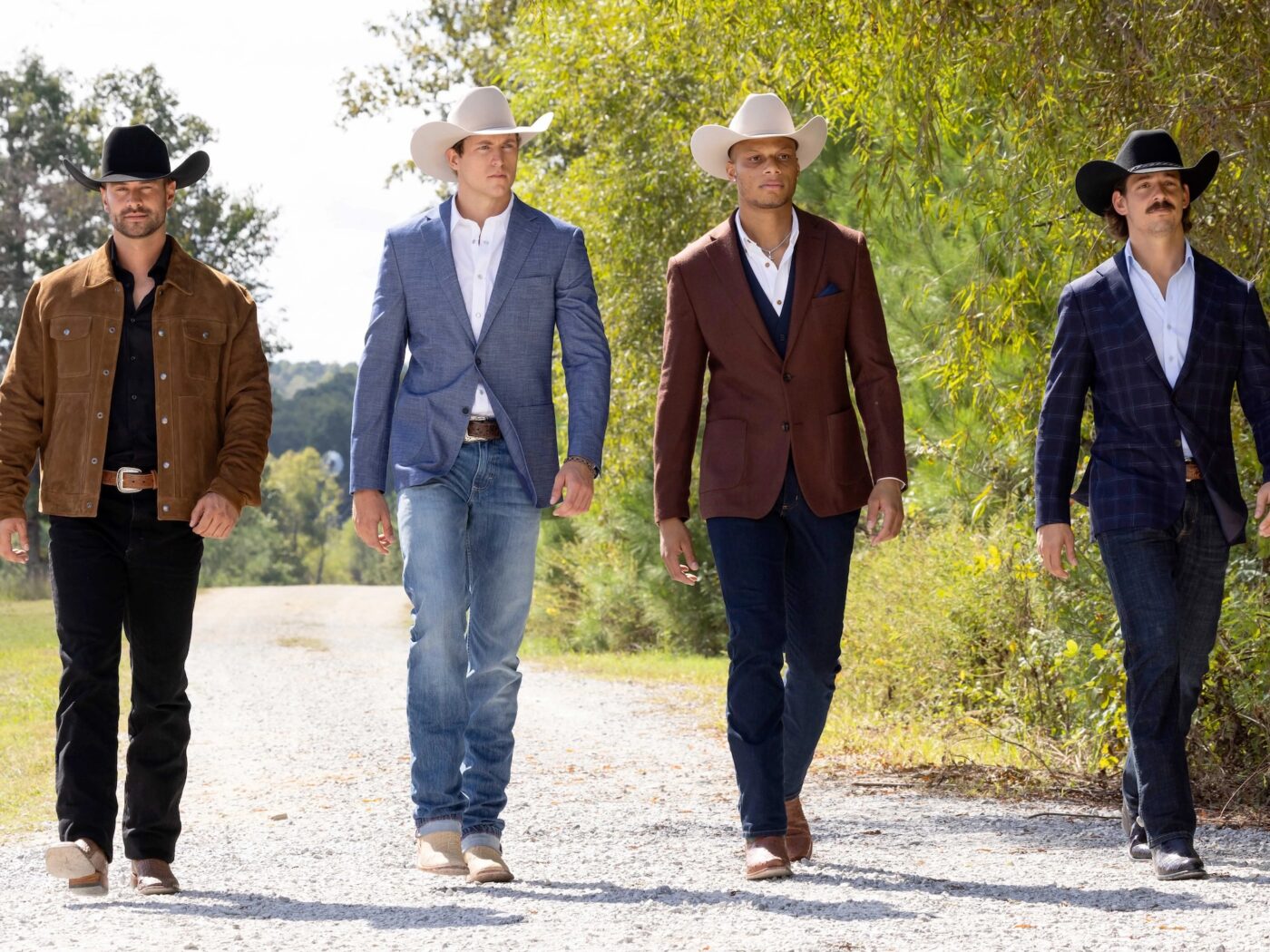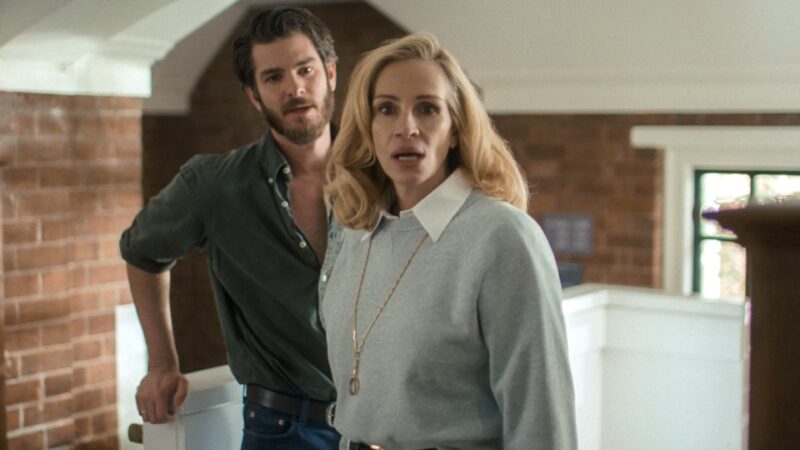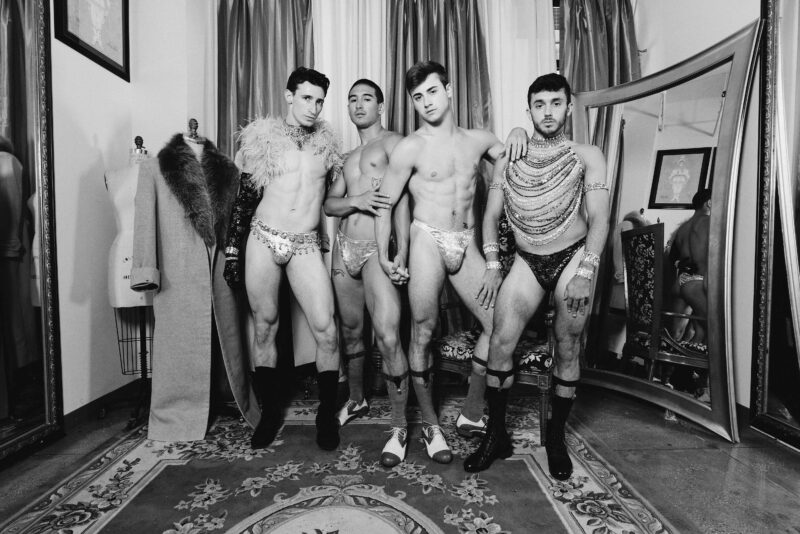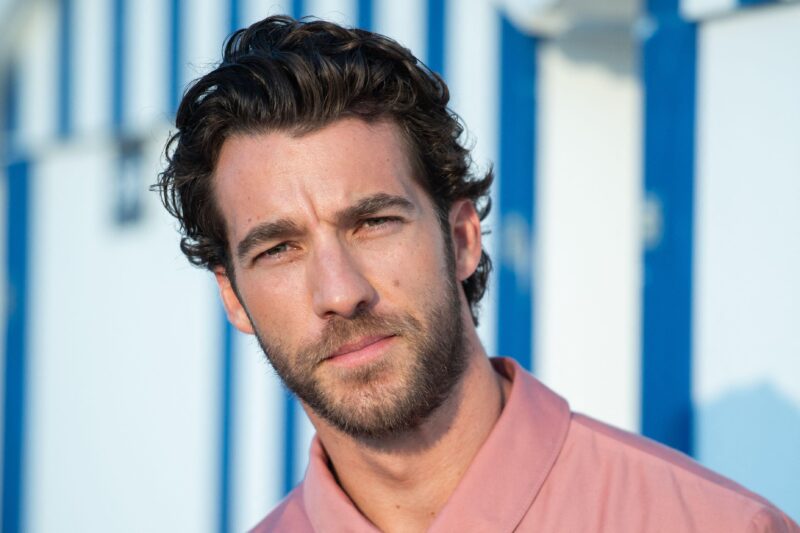What happens when the oldest institution in society meets the youngest genre on television?
Welcome to Marriage & Reality TV, the most transactional couple of the century. Here, the pimp is “reality,” a multibillion-dollar entertainment business. And the prostitute? Marriage, perpetually up for sale.
Like many iconic couples, this duo have a long and intense history. As early as the 1940’s Familienchroniken – Ein Abend mit Hans und Gelli, a propaganda based unscripted series followed a young Aryan couple in domestic life. By the middle of the decade, American television tested the genre with 1945’s Queen for a Day, which documented the hardships of married mothers from across the US, who were then pampered for a day. In 1948 came Allen Fults’ Candid Camera, which captured “real people” in funny situations. In the decades that ensued, networks continued to experiment with the format with memorable shows that ran the gamut from The Newlywed Game Show (1966) to MTV’s The Real World (1992).
But marriage and reality as a sub-genre did not hit its stride till 2000. That year saw the debut of some of our longest running reality franchises like Survivor in May, and X Factor in September. Yet, it was Who Wants to Marry a Millionaire, which debuted in February of that year, that really created sparks. The series featured 50 women competing for marriage with “millionaire” Rick Rockwell, and attracted a record 23 million views on its first season finale. Networks took notice. And just in time, as by September 11th, a tragedy would transform the nation and change the audience forever. In rapid succession, dating-and-marriage-focused shows like Temptation Island (2001), The Bachelor (2002) and Joe Millionaire (2003) debuted.
Though largely focused on real people, celebrities soon came calling. The mid-2000’s saw Nick Lachey and Jessica Simpson’s The Newlywed (2003), Flavor Flav’s Flavor of Love (2006) and Brett Michaels’ Rock of Love (2007), all joining the fray and likely taking the edge of a nation still reeling from ragged. But what should have been a passing panacea became permanent. According to “The Real Cost of Reality TV,” a 2013 report by the Writers Guild of America East, by that year, the sub-genre made up 40% of programming for many networks and almost 90% of others. While the everyday people featured may or may not make a fortune from the shows, networks are almost guaranteed a score. The average reality series is relatively cheap to produce, costing approximately $100,000 to $500,000 per episode, and can generate up to one hundred million dollars in advertising profits per season.
Some of the biggest earners are celebrated, not only for the dynamic personalities they’ve introduced us to, but for their genius take on how to turn perfect strangers into married couples. The Bachelor provides an eligible man with approximately 25 romantic interests with the goal of marriage. Farmer Wants a Wife, a British show which inspired an American production in 2008 and relaunched in the States in 2023, has a farmer choose his life partner from ten city slickers. Married at First Sight, inspired by a Danish series, provides couples with the option of entering a legal marriage without ever having met each other. And Love is Blind, the Netflix Series which debuted just five years ago and is the reigning champion in the space, is billed as a “social experiment,” where singles date behind a screen before pairing up. Since its debut, it has spawned global versions in Japan, Sweden, The UK, Argentina, Mexico and France. Each series has inspired an infinite number of online communities, forums, blogs, podcasts and more.
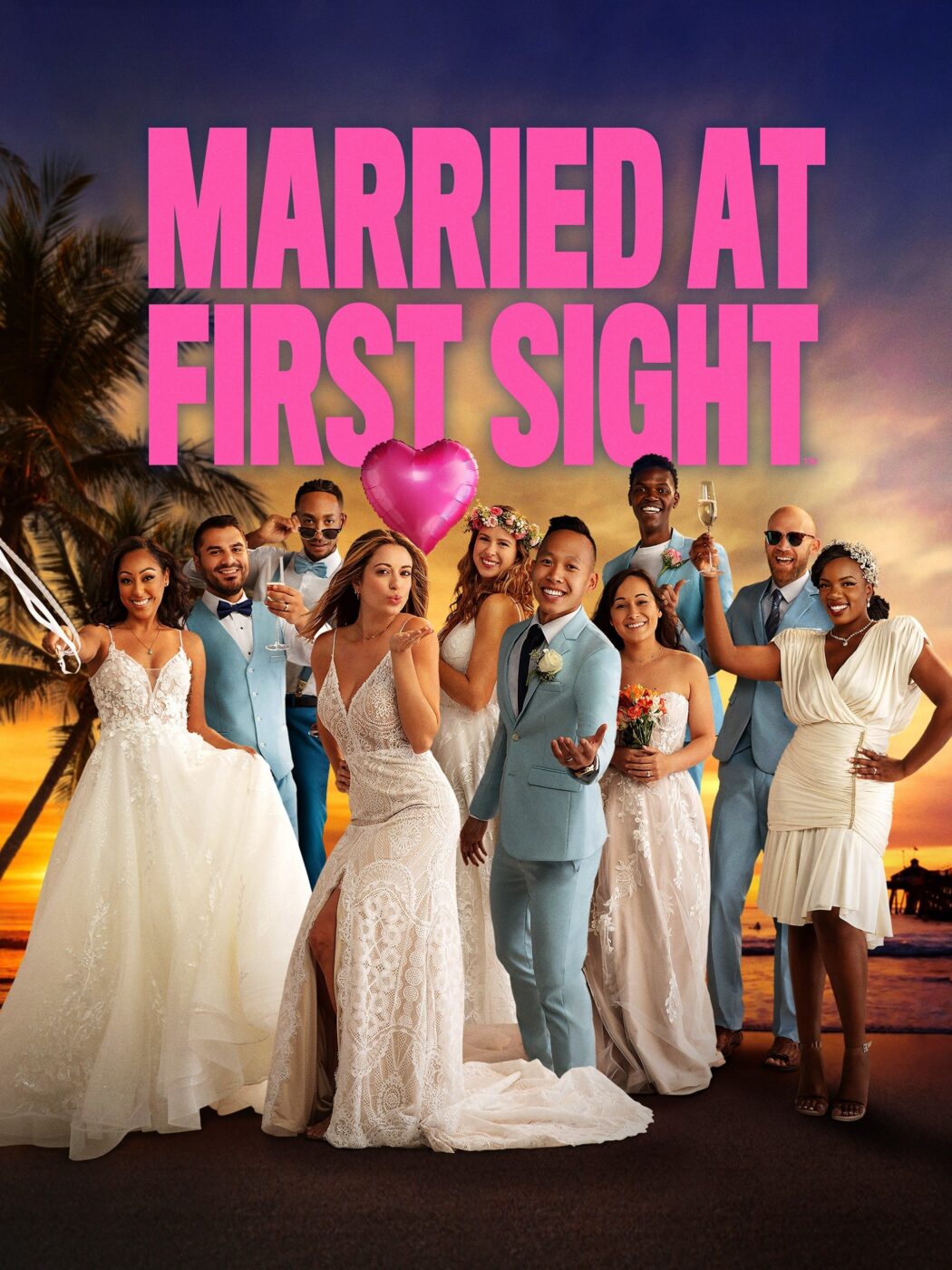
Married at First Sight • Lifetime
Why are audiences so seduced by these shows? “Everybody wants to be loved,” says JT Davis, a seasoned producer whose work runs the gamut from The Housewives franchise to Cold Case Files. “Reality TV is an outlet to see how others are loved. That’s why you call your girlfriend and are like ‘Hey girl, let me tell you about this. Do you think I’m tripping or he’s tripping?’ The medium is a microcosm of that.”
But the public’s obsession with marriage on TV masks a private problem with marriages at home. Since 1890 the US Census has maintained statistics on married couples in America. While the year 1920 showed a record high of nearly 93% marriages within the U.S, by the year 2000, as marriage on reality TV took hold, the number had plummeted to 49%. In the two decades since, marriage in real life declined. According to a Census report released in May of last year, married households make up only 47% of the country and the number continues to hover at an all-time low.
For Davis, who prides herself on “conscientious producing” the conversations created by watching couples on screen could be a silver lining. “Reality TV can highlight the beauty of marriage and the dark underbelly of marriage that people choose not to share because they want people to see them and their spouse for good reason in a positive light,” she says. “And the people that choose to share are like, almost like marriage pioneer warriors, right? Sharing the good, the bad and the ugly about what’s happening in their marriage, and still choosing each other, despite the fact that social media can tear you down, your family can tear you down, your friends can tear you down. They survive it and are still standing ten toes strong.”
Pioneering couples that survive the reality tv curse do more than promote the marriage, they inspire a new generation of “real people” to do the same. Stars like Sandy Gallagher @sandy_gal and Leo Braudy @leo_braudy, both fresh off their first season on major Netflix reality shows. “I just wanted something different,” says Gallagher of what prompted her to join Season 3 of The Ultimatum with her then fiancee. “I was in my corporate job, killing it, making so much money, and I was not happy. I felt like something was calling for a change in me. So, I quit my job on a whim with nothing else lined up, and then, literally, the next day I got reached out to for this. I thought ‘Okay, maybe this is what we should do, for our relationship, for our life, and just kind of like, see where it takes us. I was letting go and trusting.”
For Braudy, a unique sense of loneliness from the passing of close family members, including his mother, featured heavily in his search for love on Season 7 of Love is Blind, where he left a lasting impression on audiences. “I probably fall sometimes in the category of the guy that doesn’t show emotion very much,” says the art dealer. “And I actually kind of crashed out on the show. Like, there was a lot more crying that they didn’t show. But I think it was hugely healing in many ways.”
Neither Braudy or Gallagher left their series with love, but for this new crop of stars that may not be the point.
“Going through the process of breaking up, and then dating somebody else, and then getting back together, and, like, you kind of go through all these different changes and whatever that would literally never happen in the real world. But I think through all of that, I was really able to come to the decision to choose myself at the end of it,” says Gallagher. “That was really empowering for me.”
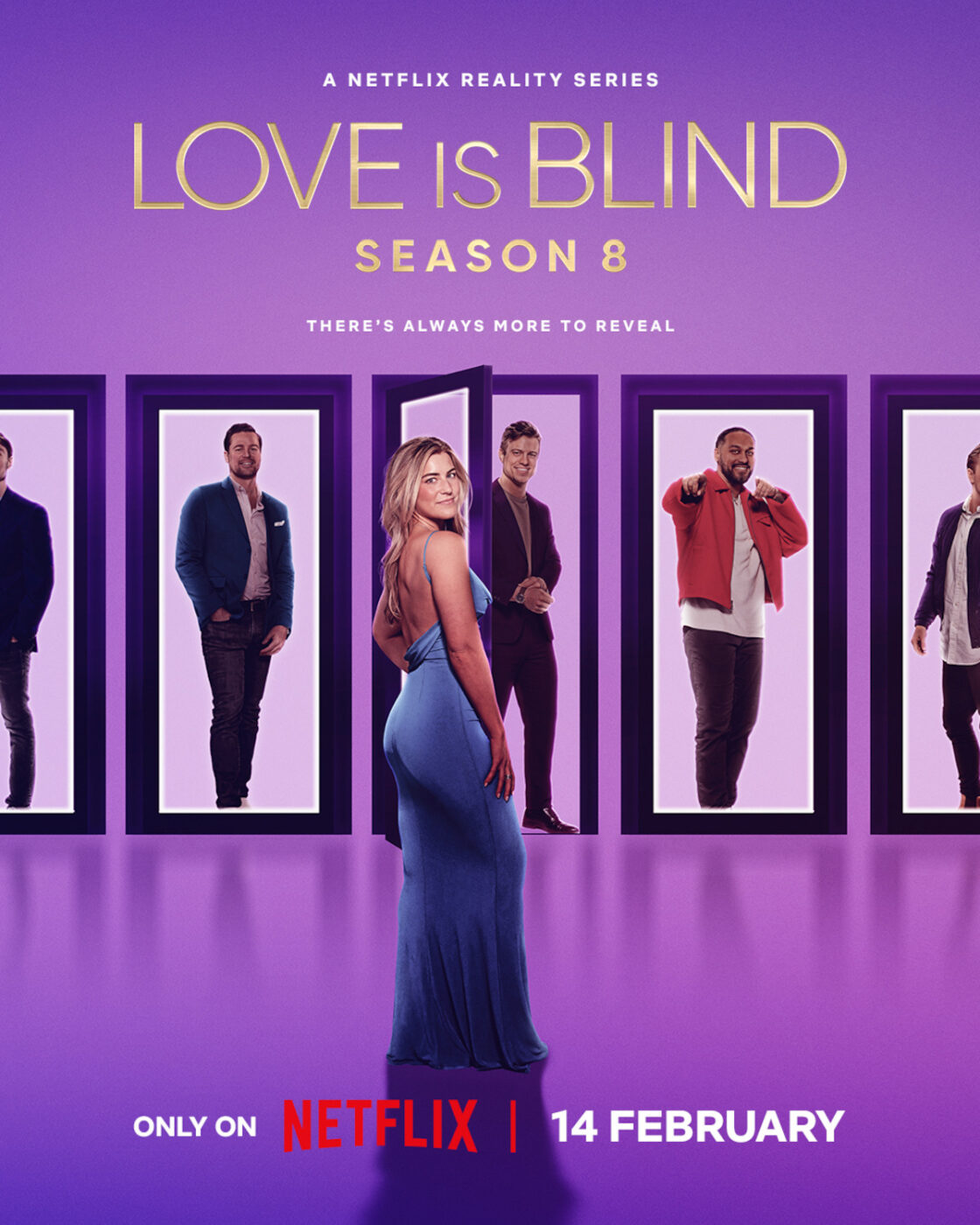
Love Is Blind • Netflix
Braudy found his time on Love is Blind enlightening, especially in terms of love after tv.
“A big part of it is you date the most intentionally you’ve ever dated in your life, because you’re looking to propose to this person.” says Leo. “My mom always told me that work compresses or expands itself into the time that you allow it. And I think, in a sense, the same could be true of dating. And that’s one thing that I’ve taken from this. I’ve returned to the dating pool much more intentional about what I’m looking for.”
As they navigate their new fame and join a growing class of reality TV OG’s and newbies, they amplify society’s modern-day ritual of finding love on television. And so too are viewers. Whether these stars fall or flourish, we will continue watching. 2025 unofficially marks the silver anniversary of our introduction to the genre. There’s been no official fanfare, but the audience’s enduring commitment proves that even if marriage continues to decline in real life, our love of it in “reality” is forever.

